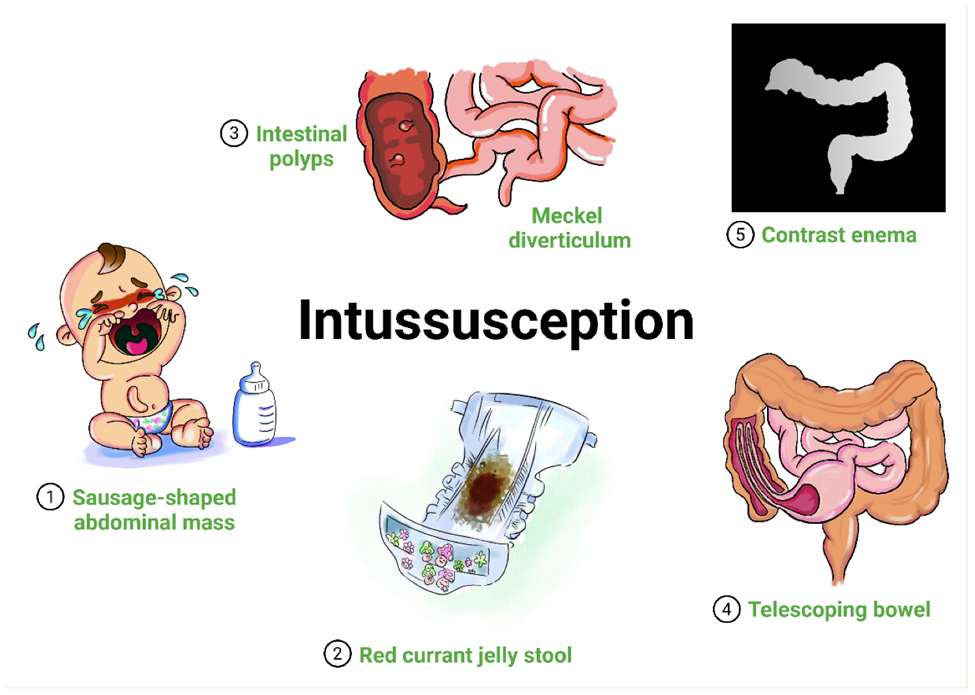A nurse is preparing an educational program about death and dying for the guardians of children who have a terminal illness. Which of the following information should the nurse include?
Preschoolers believe their illness is punishment for their misbehavior.
Preschoolers are interested in what happens to the body after death.
Adolescents worry more about death than the physical changes that can occur as a result of the illness.
Toddlers personify death as being a type of monster.
The Correct Answer is A
A. Preschoolers believe their illness is punishment for their misbehavior: This statement is true. Preschool-aged children often have a limited understanding of illness and may associate it with punishment. They might think that their illness is a consequence of something they did wrong. As a nurse, it’s essential to address these misconceptions and provide age-appropriate explanations to help them understand their condition better.
B. Preschoolers are interested in what happens to the body after death: Preschoolers may have curiosity about death and what happens afterward, but their understanding is typically limited. They may ask simple questions about death and may need age-appropriate explanations about the concept. Providing information in a sensitive and honest manner can help address their curiosity and alleviate fears.
C. Adolescents worry more about death than the physical changes that can occur as a result of the illness: Adolescents facing terminal illness may have complex emotions and concerns about both death and the physical changes associated with their illness. It's important to acknowledge and address both aspects of their experience, providing opportunities for adolescents to express their feelings and concerns in a supportive environment.
D. Toddlers personify death as being a type of monster: Toddlers often have limited understanding of death and may personify it in different ways, including as a monster or some other abstract concept. It's essential for guardians to provide comfort and reassurance to toddlers who may experience fear or confusion about death. Providing simple and concrete explanations about death, tailored to their developmental level, can help alleviate anxiety.
Nursing Test Bank
Naxlex Comprehensive Predictor Exams
Related Questions
Correct Answer is C
Explanation
A. Polyuria
Polyuria, or excessive urination, is not typically associated with intussusception. This symptom is more commonly seen in conditions affecting the kidneys or urinary tract.
B. Scaphoid abdomen
A scaphoid abdomen refers to a concave or hollowed appearance of the abdomen, which is not typically observed in intussusception. In intussusception, abdominal distension and tenderness are more common findings.
C. Gelatinous red stool
Gelatinous red stool, often described as "currant jelly" stool, is a classic manifestation of intussusception. It occurs due to the mixture of blood, mucus, and bowel contents.
D. Generalized edema
Generalized edema, or swelling throughout the body, is not a typical manifestation of intussusception. It is more commonly associated with conditions such as heart failure or kidney disease.

Correct Answer is D
Explanation
A. FACES: The FACES pain scale is a visual analog scale commonly used with older children who can point to or select a facial expression that best represents their pain level. It may not be suitable for infants who may not have the cognitive or motor skills to use the scale effectively.
B. COMFORT: The COMFORT scale assesses pain in infants and young children based on behaviors such as crying, facial expressions, and body movements. It evaluates parameters such as alertness, calmness, respiratory response, physical movement, and muscle tone. The COMFORT scale is suitable for assessing pain in infants and young children, including those who are postoperative.
C. CRIES: The CRIES scale is a neonatal pain assessment tool that evaluates crying, oxygen saturation, vital signs, expression, and sleeplessness. While it is designed for newborns and infants up to 6 months of age, it may not be as appropriate for a 12-month-old infant who is postoperative and beyond the neonatal period.
D. FLACC: The FLACC scale assesses pain in infants and young children based on five behavioral categories: facial expression, leg movement, activity level, cry, and consolability. It is commonly used in pediatric settings and is suitable for assessing pain in infants who are postoperative.
Whether you are a student looking to ace your exams or a practicing nurse seeking to enhance your expertise , our nursing education contents will empower you with the confidence and competence to make a difference in the lives of patients and become a respected leader in the healthcare field.
Visit Naxlex, invest in your future and unlock endless possibilities with our unparalleled nursing education contents today
Report Wrong Answer on the Current Question
Do you disagree with the answer? If yes, what is your expected answer? Explain.
Kindly be descriptive with the issue you are facing.
